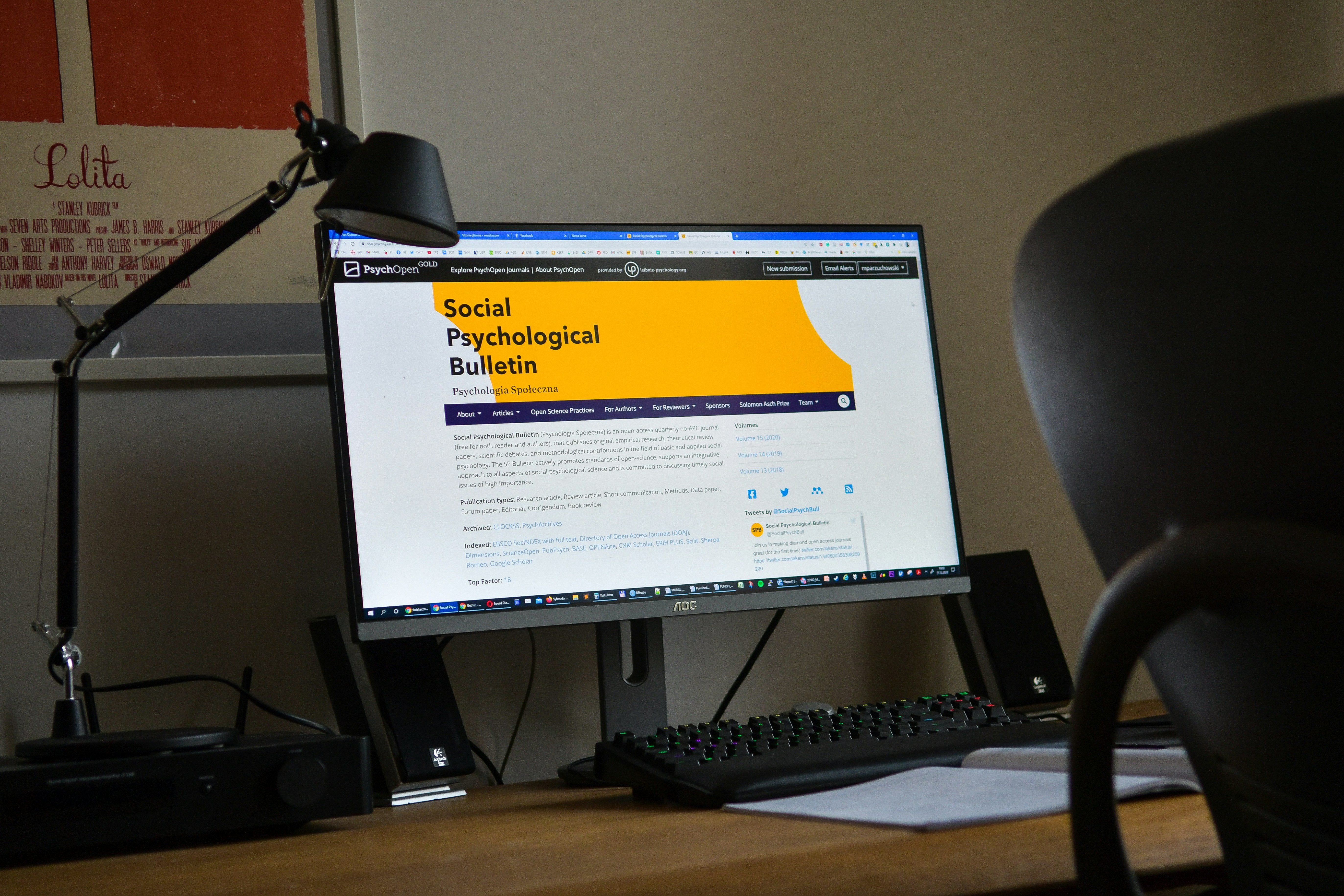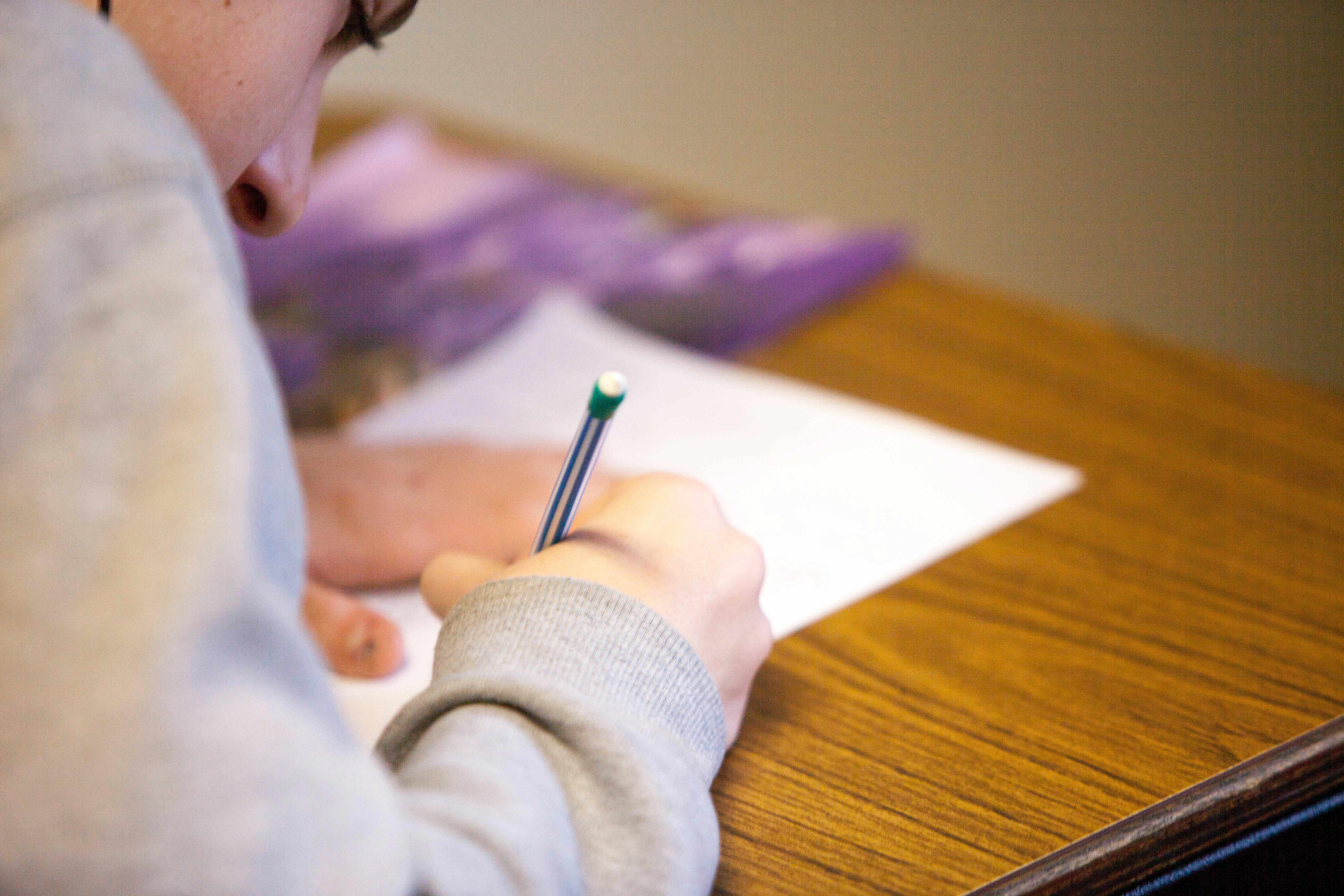Kapanlagi.com - The MBTI test has recently become quite popular among young people. It is proven that there are quite a lot of people who try the MBTI test and then include the results in their social media bios as identity descriptions. For those who are still unfamiliar, the MBTI (Myers-Briggs Type Indicator) test is one of the psychological testing methods used to understand a person's personality type.
The MBTI Test has become a trendy personality test that young people commonly use for fun or to truly understand their own character. Many young people are interested in trying the MBTI test after seeing many K-Pop idols doing it.
Although it is already quite popular, there are still many people who do not understand how it differs from other personality tests. To find out all of these things, just read the following review.
1. Basic Theory

MBTI Theory (credit: unsplash)
Like other personality tests, the MBTI test is also based on a psychological theory. More precisely, the MBTI test uses Carl Jung's theory as one of its foundations. According to Carl Jung's theory, humans are divided into introvert and extrovert types.
In addition, Carl Jung's theory also includes psychological functions such as sensation, intuition, feeling, and thinking. This theory is ultimately used to identify a person's personality based on the MBTI test.
Meanwhile, other personality tests use different theories as their basis, such as the Enneagram test. This theory has different classifications and is not based on Jung's theory.
2. Personality Categories
One notable difference between the MBTI test and other personality tests is the identified types or groups of personalities. As known, based on the MBTI test, human personality types can be classified into 16 types. These 16 personality types are based on Carl Jung's theory, which explains the concepts of sensation, intuition, feeling, and thinking.
To clarify further, the 16 personality types based on the MBTI test can be derived from the combination of four basic dimensions: extravert or introvert, sensing or intuitive, thinking or feeling, and judging or perceiving.
This identification is often presented in simple questions in the questionnaire, such as: how someone focuses their attention, how someone's learning habits are, how someone makes decisions, how someone manages time, and so on.
On the other hand, other personality tests, such as the Enneagram, have different classifications. These classifications can be more complex and not limited to 16 types.
3. Measurement Methods

MBTI Measurement Methods (credit: unsplash)
The difference between the MBTI test and other personality tests like Enneagram-based tests lies in their methods. As mentioned earlier, the MBTI test is generally conducted using a simple questionnaire method. Test participants only need to provide their preference answers regarding questions about introversion and extroversion tendencies, as well as psychological functions within themselves.
On the other hand, other personality tests like Enneagram usually use more complex methods. Conducting an Enneagram personality test cannot be done alone. In the process, there are stages of deeper data analysis that need to involve an expert.
4. The Use of MBTI Test
In general, the MBTI test is currently the most popular personality test. The MBTI test is often used to recognize someone's character. In the professional world, the MBTI test is also often used to help make career decisions, provide an overview or self-potential predictions, and has broad applications in business and education.
On the other hand, other personality tests like Enneagram are usually used for more specific purposes, such as delving into psychological issues, undergoing psychotherapy, and for self-development purposes.
5. Limitations of the MBTI Test

Limitations of the MBTI Test (credit: unsplash)
Until now, the use of the MBTI as a personality test is still controversial. This is because the MBTI test is considered to have several limitations, such as not having high reliability and not measuring consistent aspects of an individual.
However, personality tests based on other theories, such as the Enneagram, are also not exempt from criticism. But compared to the MBTI, the Enneagram personality test is considered to have more advantages. This is because the Enneagram personality test is believed to be better at describing the complexity of human personality with its more specific and comprehensive testing and analysis methods.
Those are some brief explanations about the differences between the MBTI test and other personality tests. Hopefully, they are beneficial, increase knowledge, and can answer the curiosity that has been lingering.
(kpl/psp)
Disclaimer: This translation from Bahasa Indonesia to English has been generated by Artificial Intelligence.















